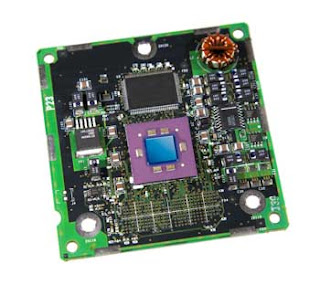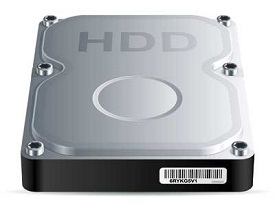Computer Fundamentals Memory
A memory is just like
a human brain. It is used to store data and instructions. Computer memory is
the storage space in the computer, where data is to be processed and
instructions required for processing are stored.
Memory is primarily of three types −
- Cache
Memory
- Primary
Memory/Main Memory
- Secondary
Memory
1. Cache Memory
Cache memory is a very
high speed semiconductor memory which can speed up the CPU. It acts as a buffer
between the CPU and the main memory. The parts of data and programs are
transferred from the disk to cache memory by the operating system, from where
the CPU can access them.
Advantages
The advantages of
cache memory are as follows −
- Cache
memory is faster than main memory.
- It
consumes less access time as compared to main memory.
- It
stores the program that can be executed within a short period of time.
- It
stores data for temporary use.
Disadvantages
The disadvantages of
cache memory are as follows −
- Cache
memory has limited capacity.
- It
is very expensive.

Fig: Cache Memory

2.
Primary
Memory (Main Memory)
Primary memory holds
only those data and instructions on which the computer is currently working. It
has a limited capacity and data is lost when power is switched off. It is
generally made up of semiconductor device. These memories are not as fast as
registers. The data and instruction required to be processed resides in the
main memory. It is divided into two subcategories RAM and ROM.
Characteristics
of Main Memory
- These
are semiconductor memories.
- It
is known as the main memory.
- Usually
volatile memory.
- Data
is lost in case power is switched off.
- It
is the working memory of the computer.
- Faster
than secondary memories.
- A
computer cannot run without the primary memory.
3. Secondary Memory
This type of memory is
also known as external memory or non-volatile. It is slower than the main
memory. These are used for storing data/information permanently.
For
example, disk, CD-ROM, DVD, etc.
Characteristics of
Secondary Memory
- These
are magnetic and optical memories.
- It
is known as the backup memory.
- It
is a non-volatile memory.
- Data
is permanently stored even if power is switched off.
- It
is used for storage of data in a computer.
- Computer
may run without the secondary memory.
- Slower
than primary memories.
 |
Fig: Secondary Memory |







It’s very easy and clean information thanks for help ....
ReplyDelete